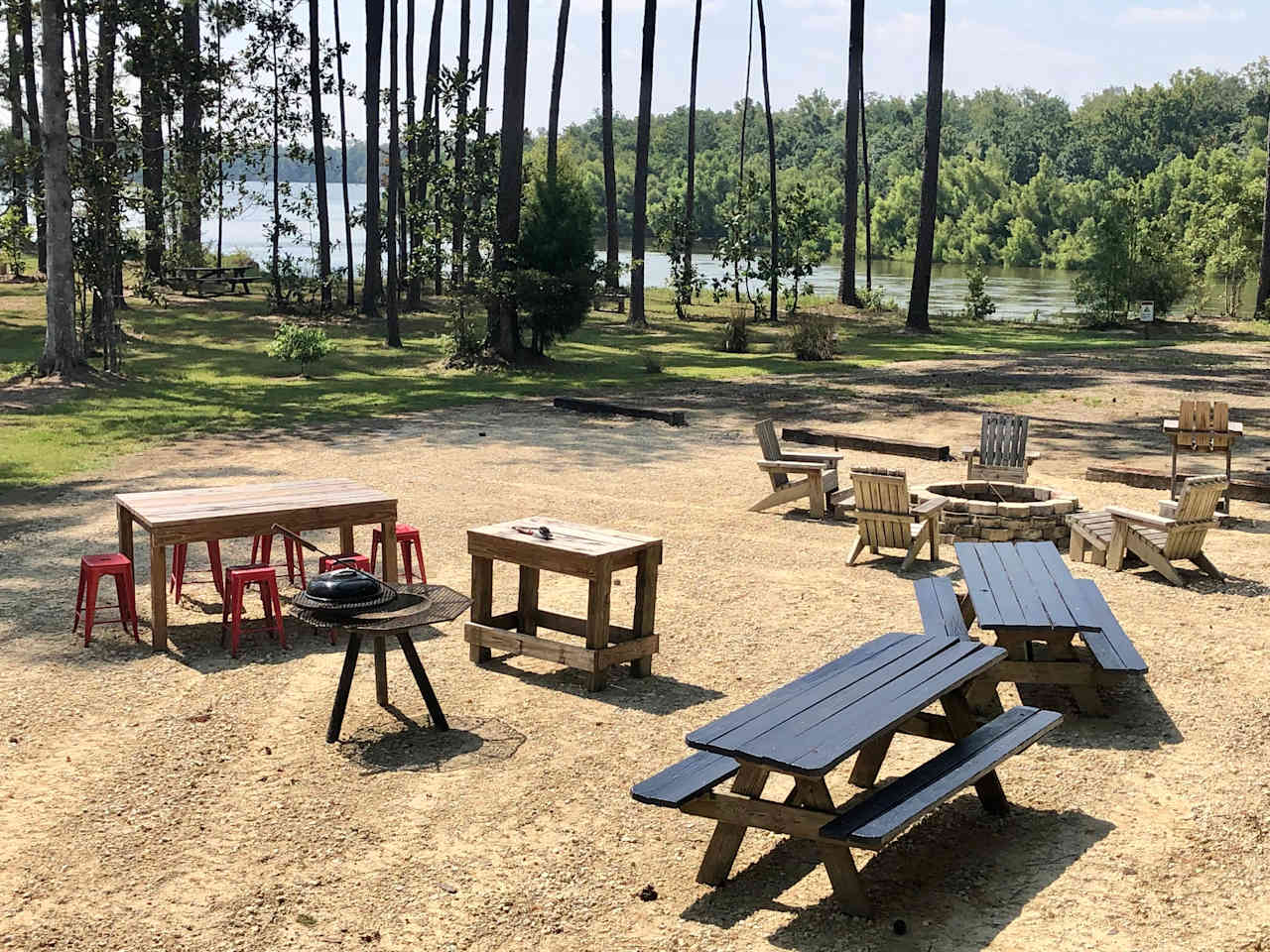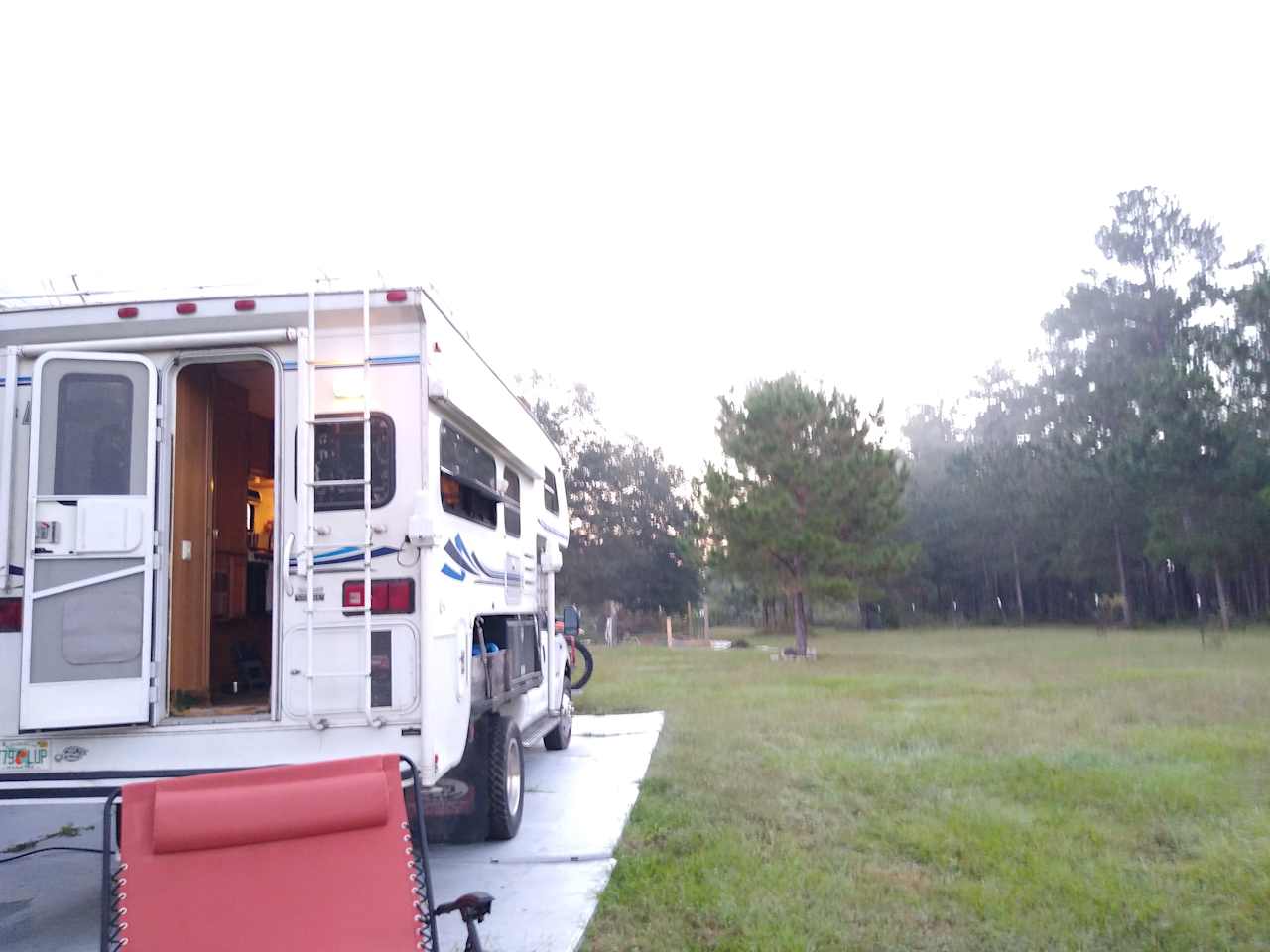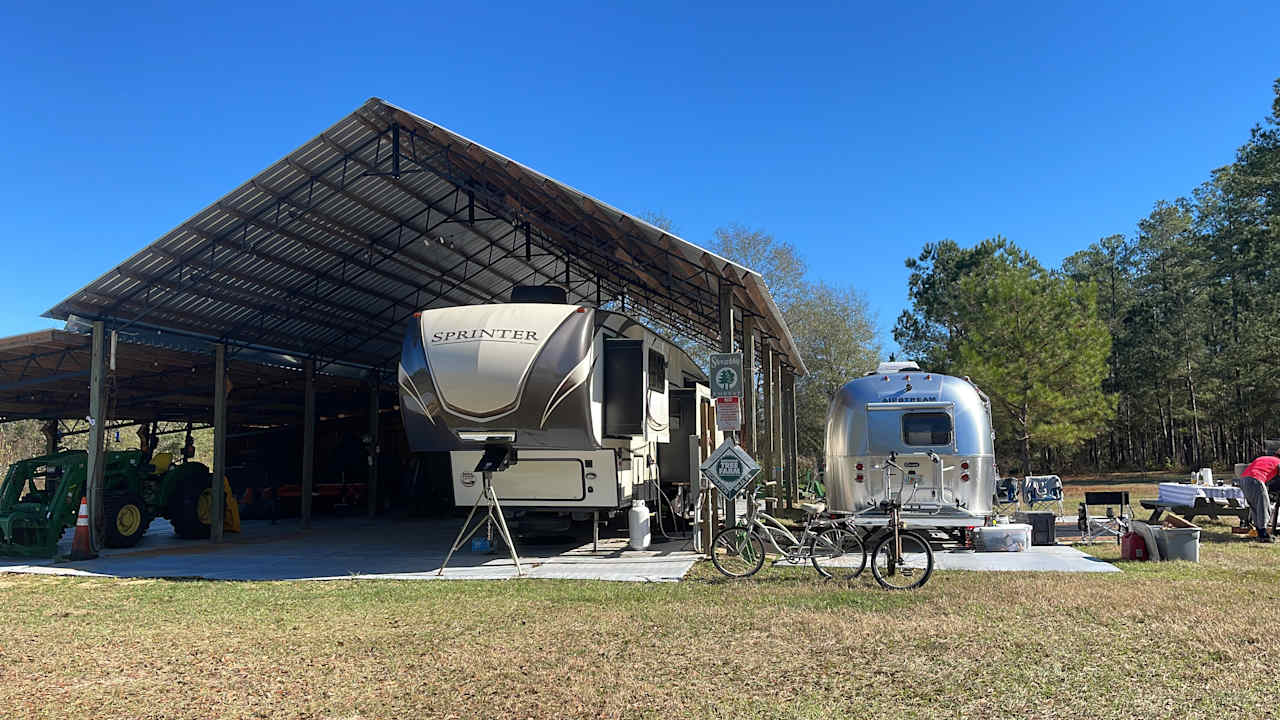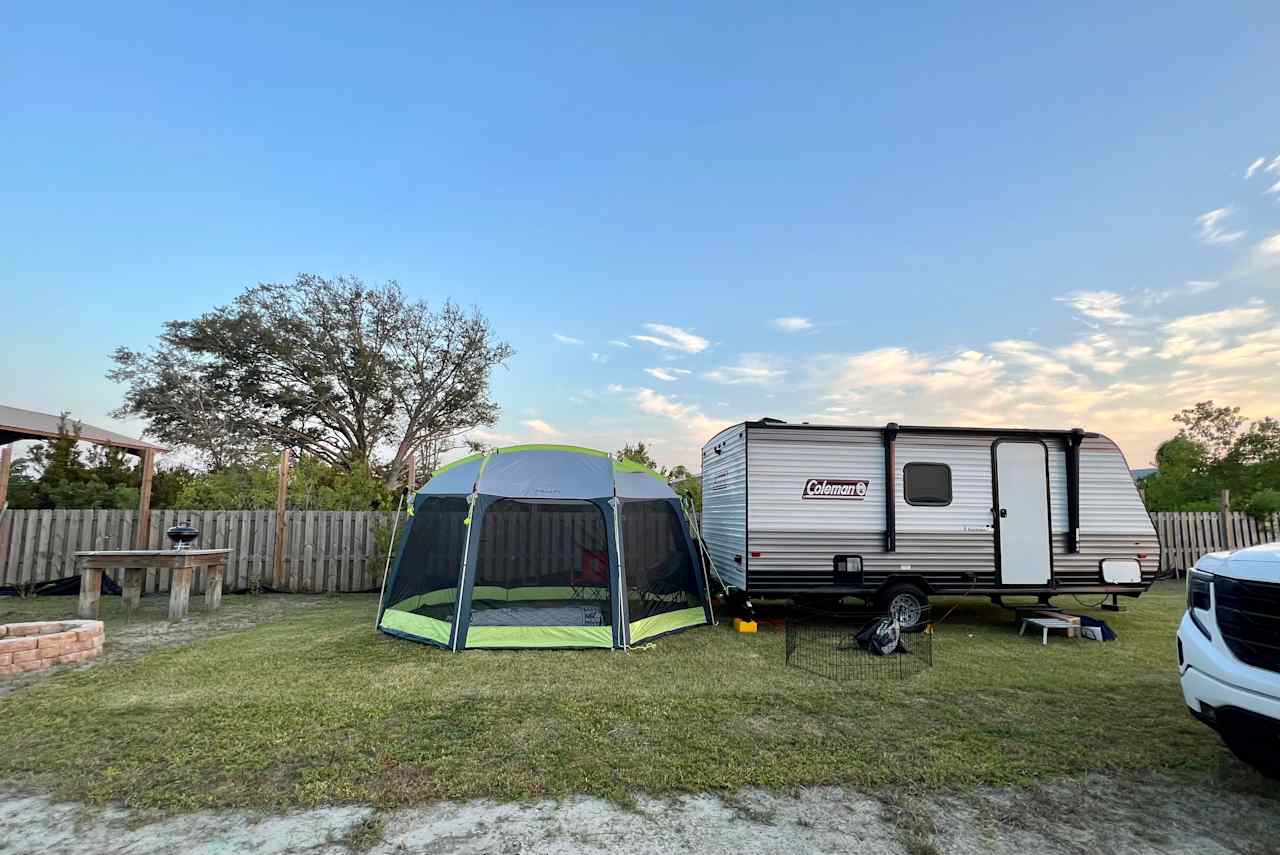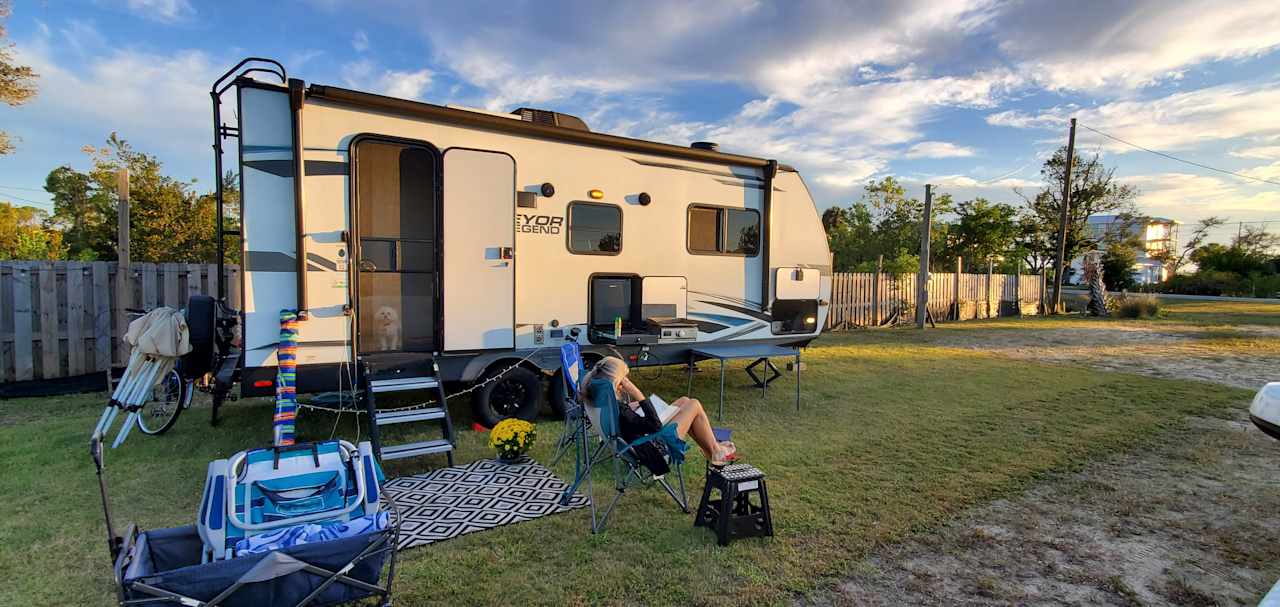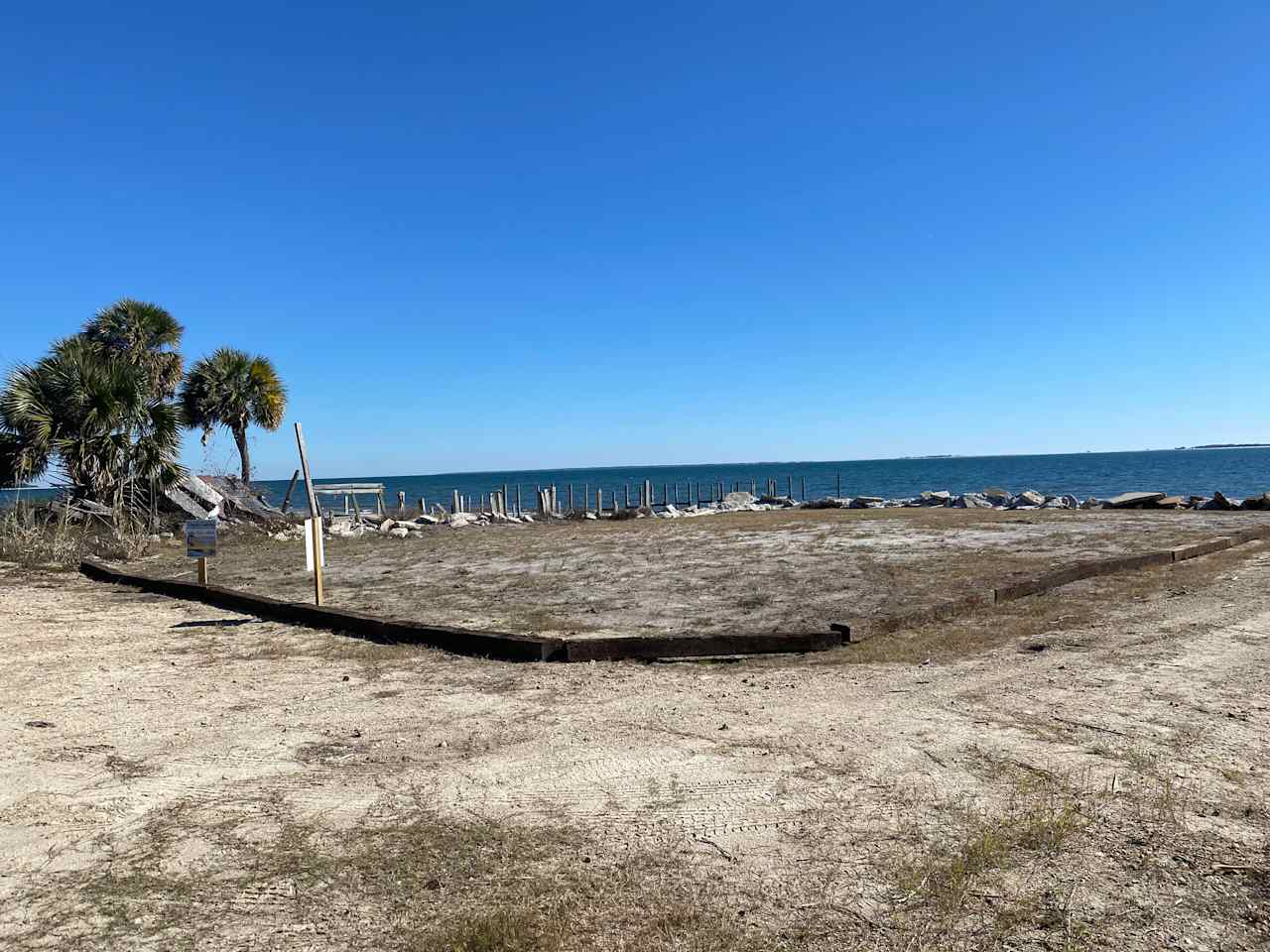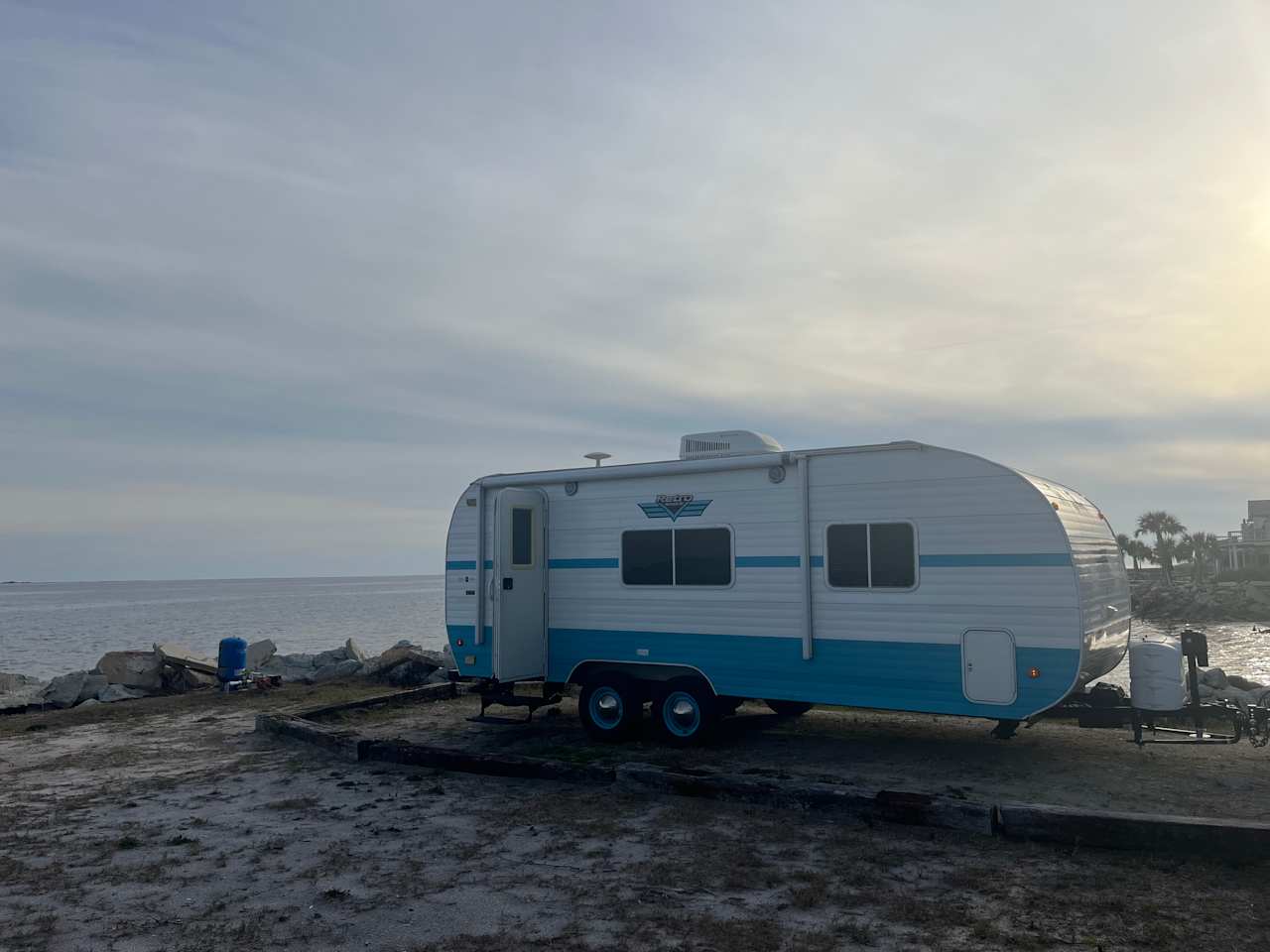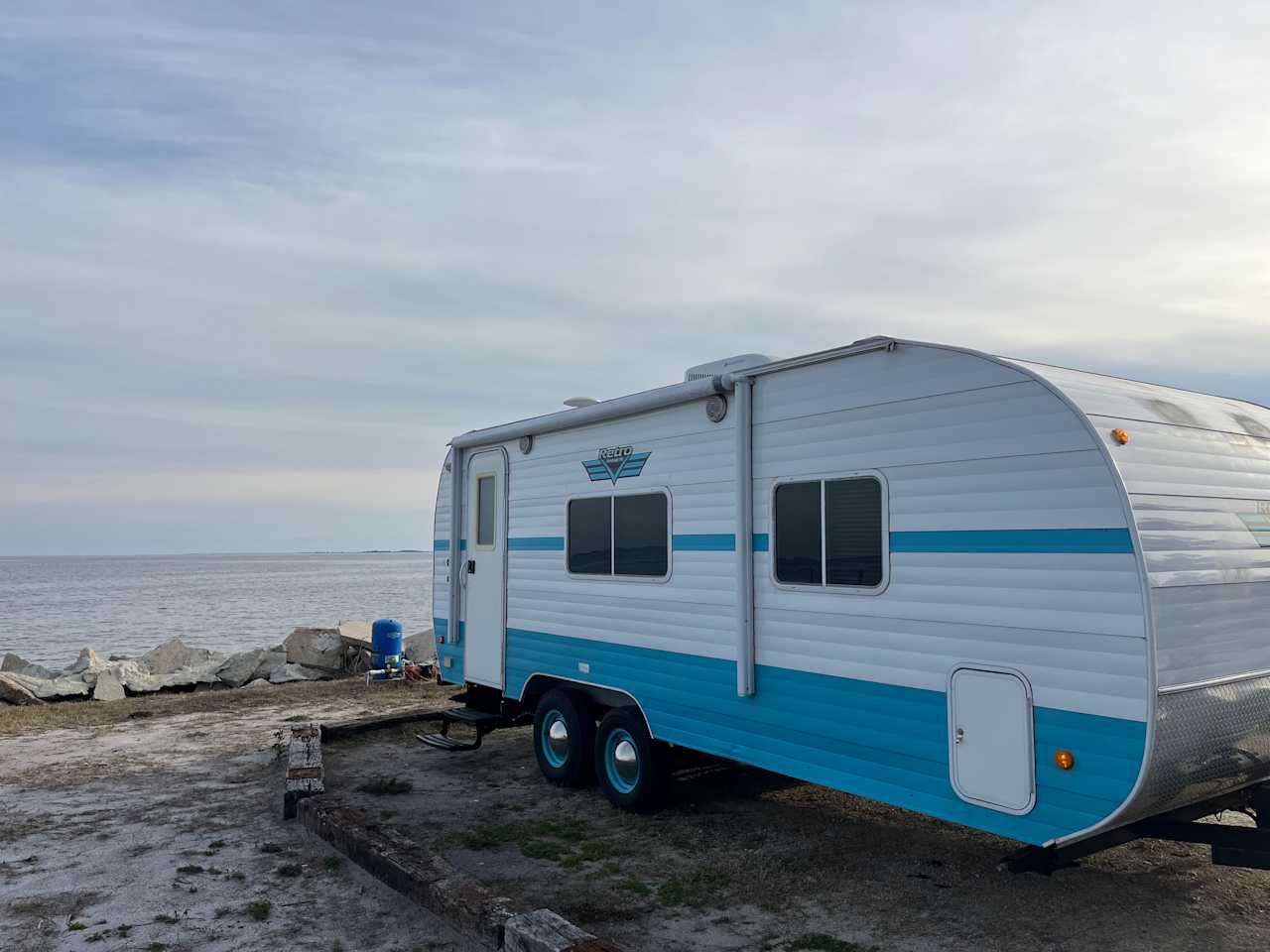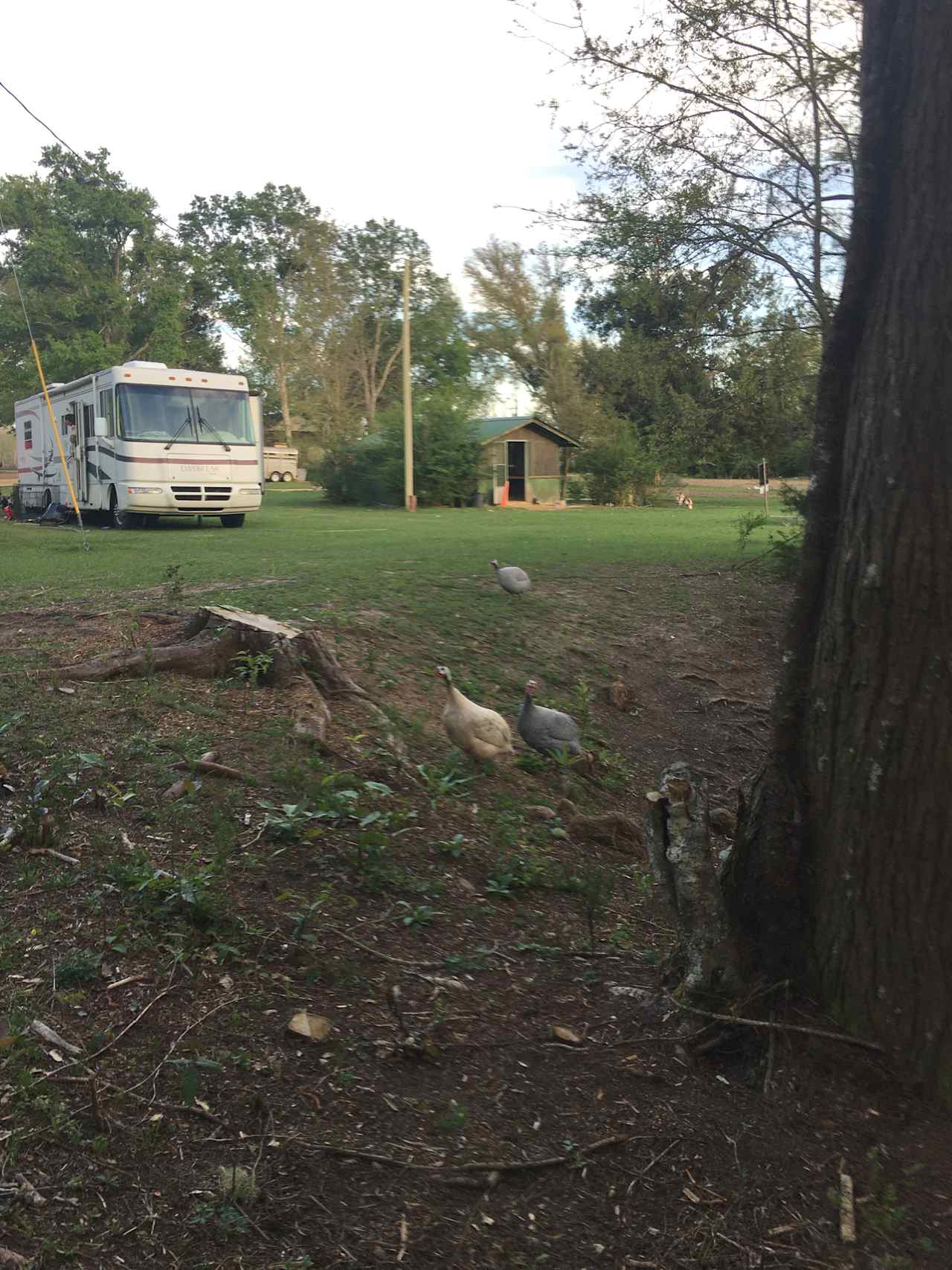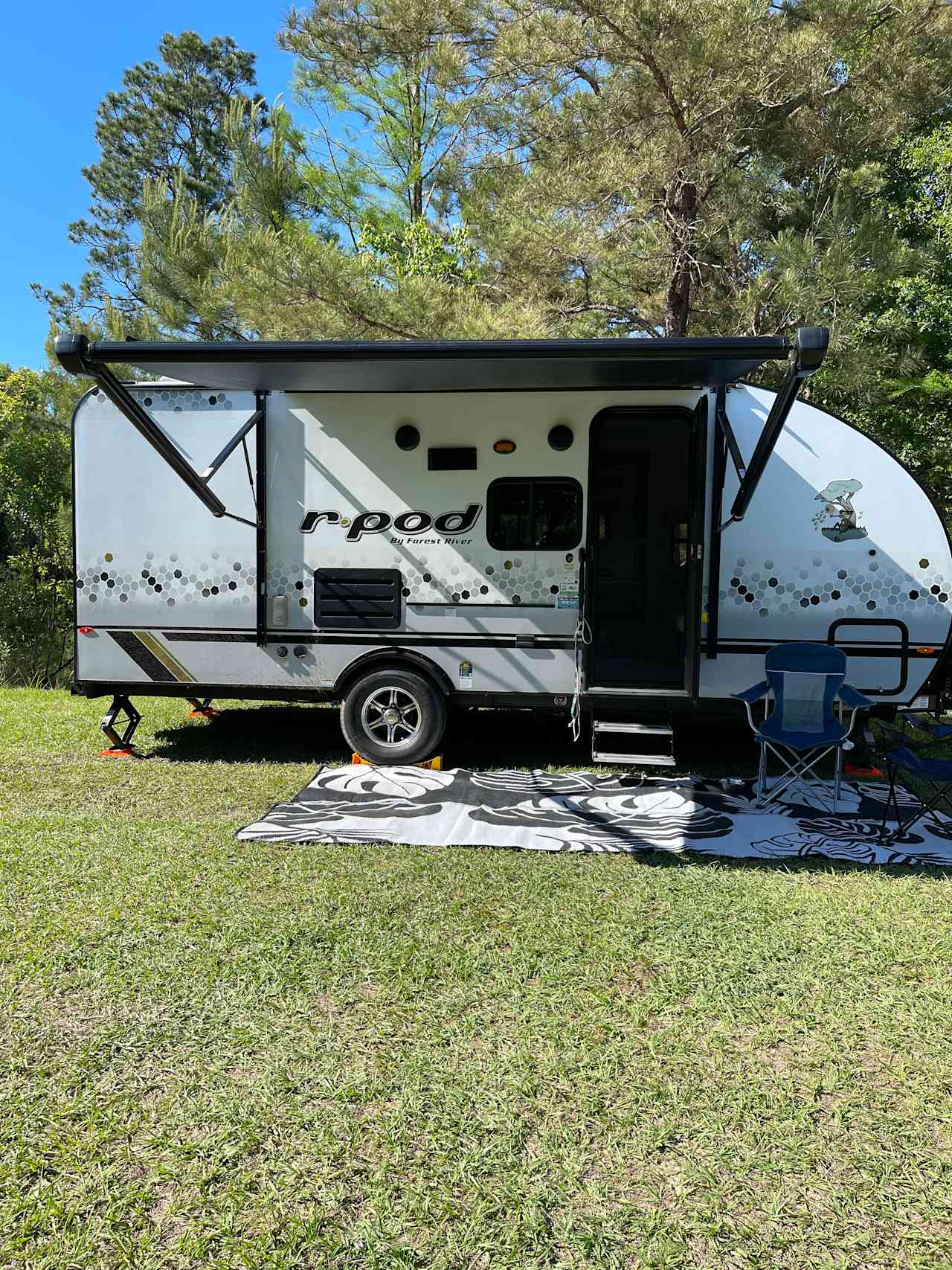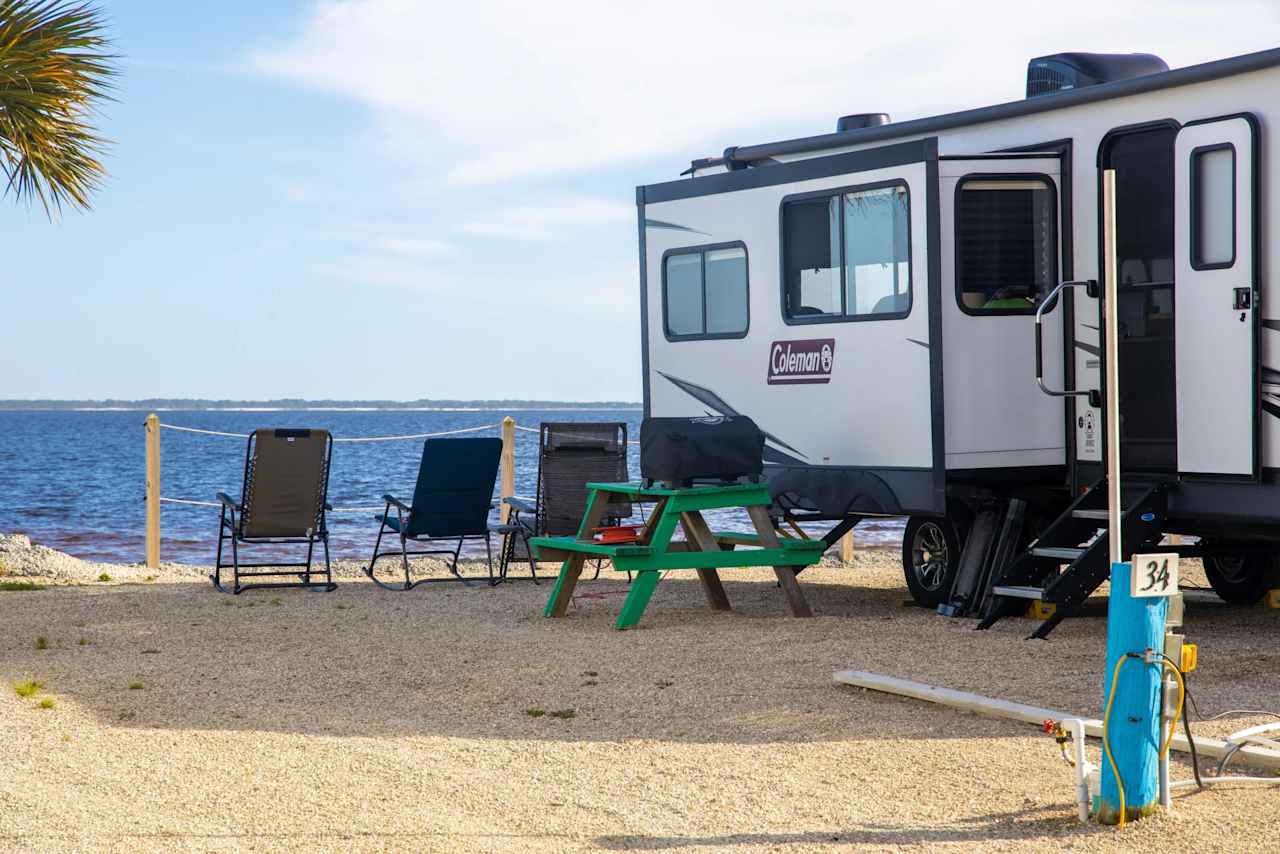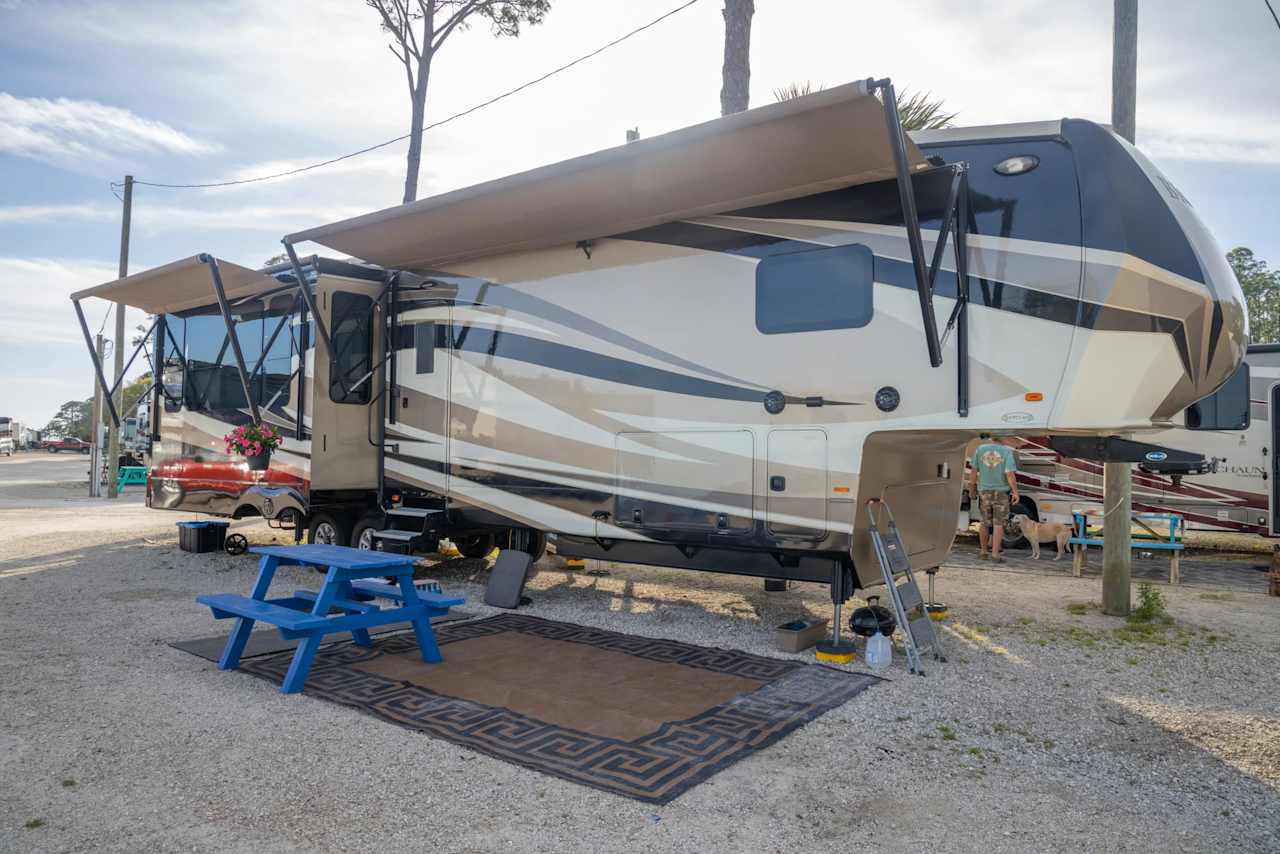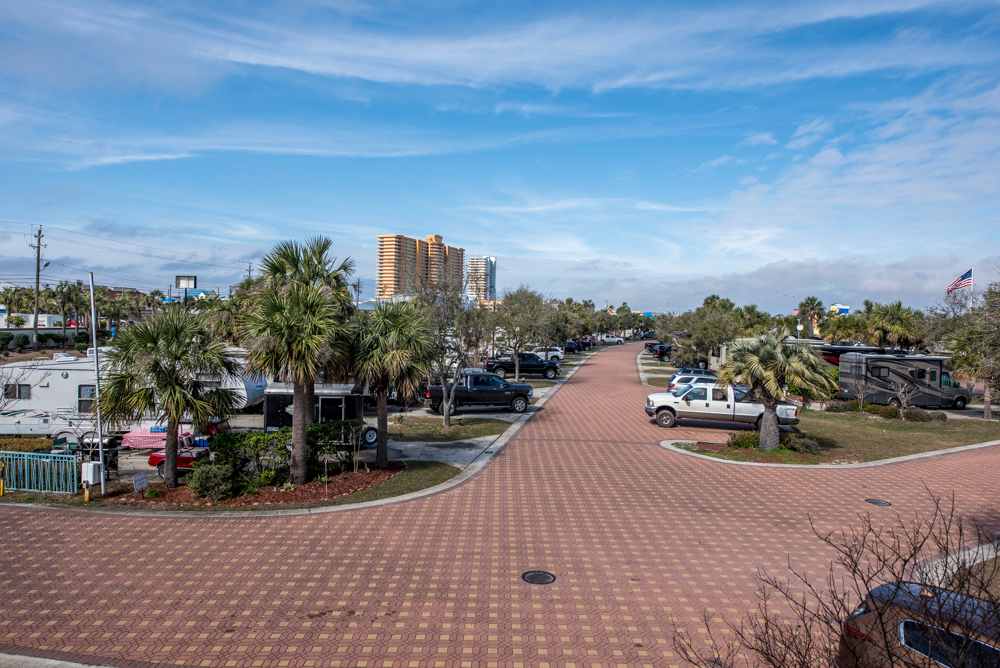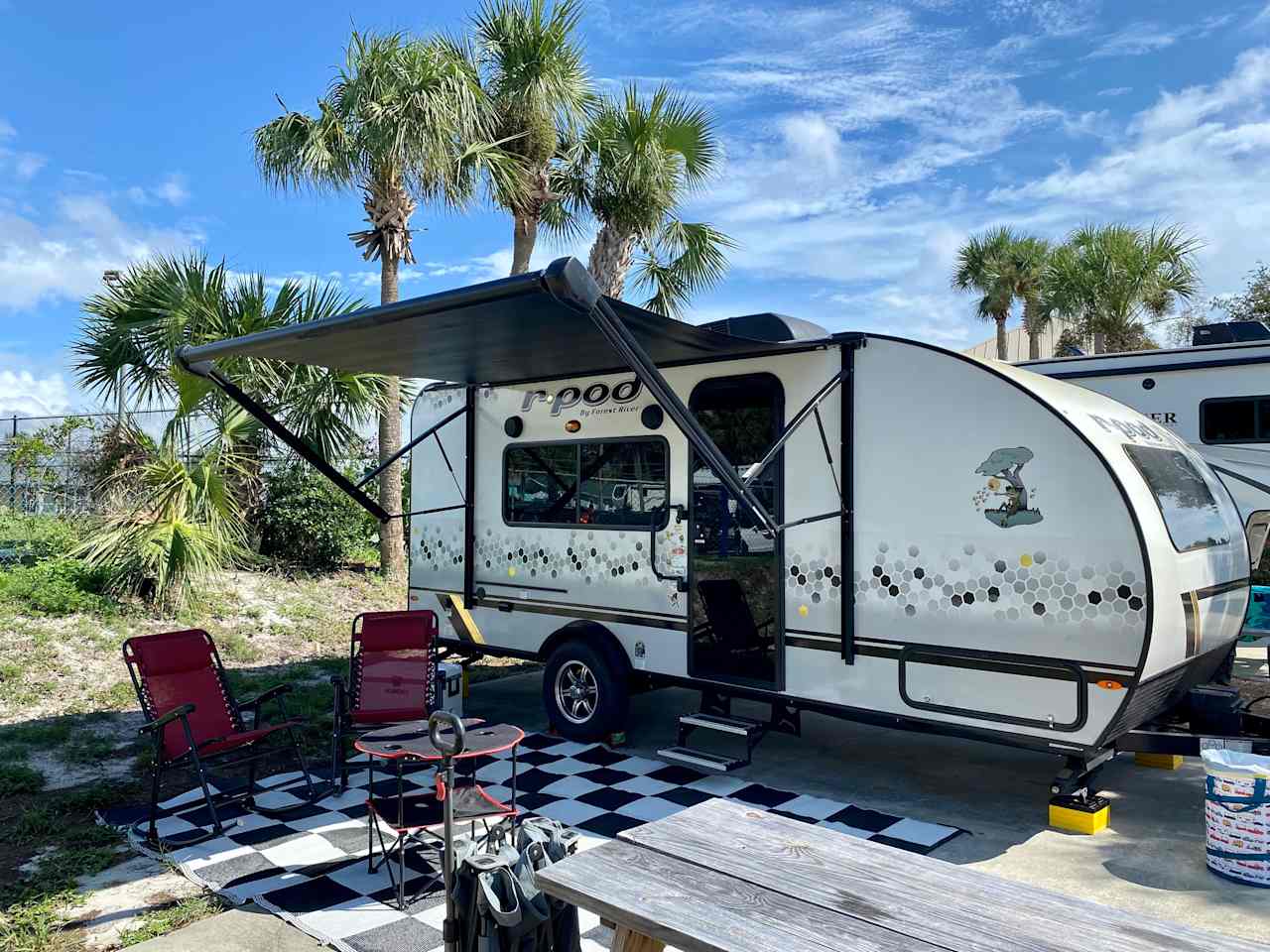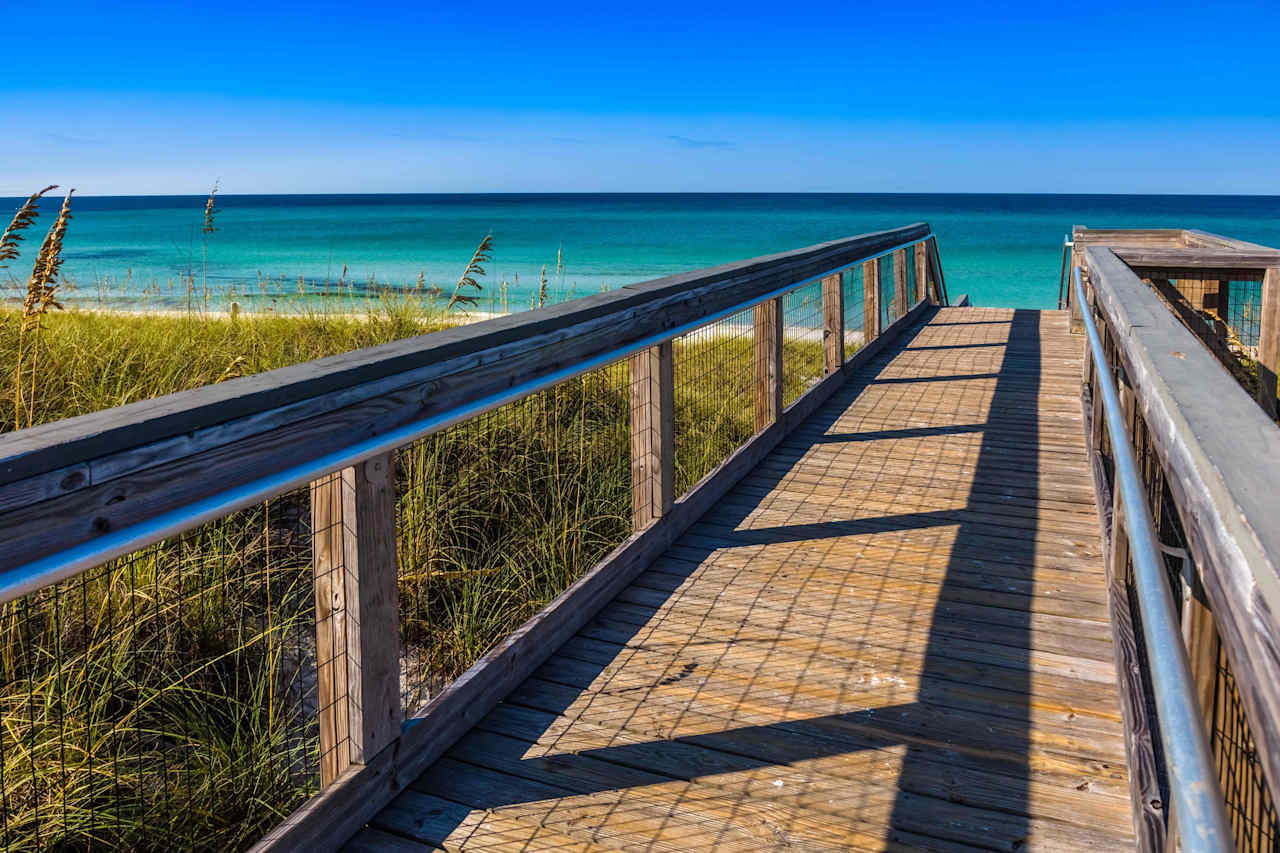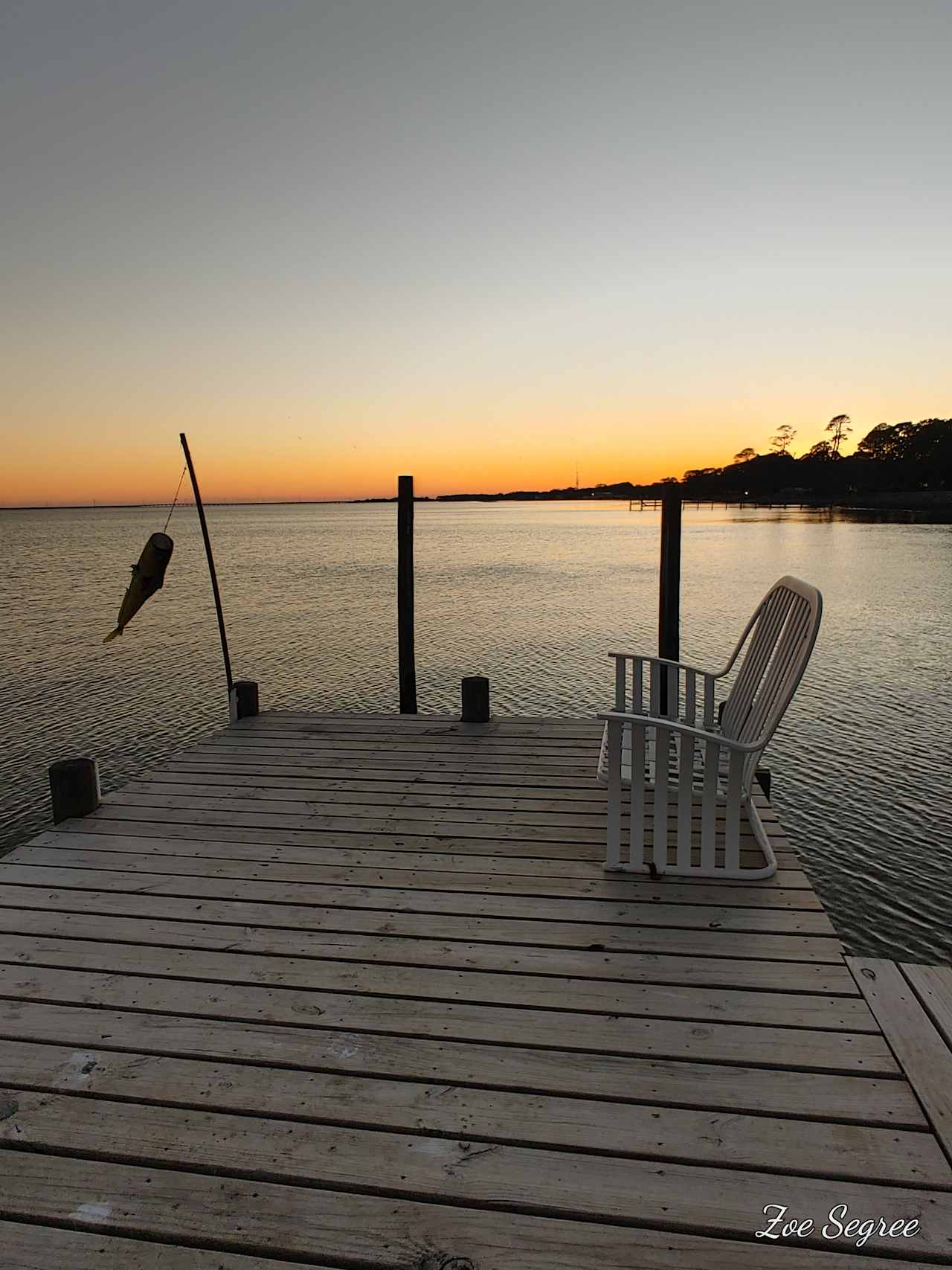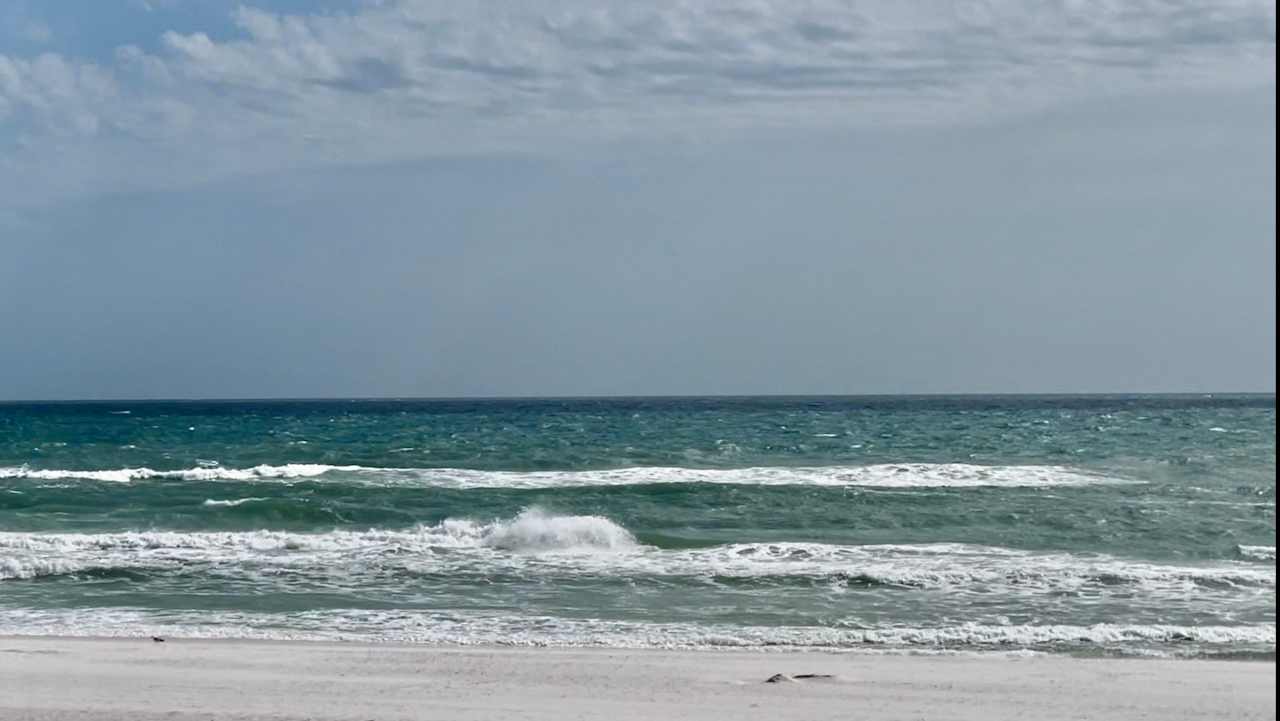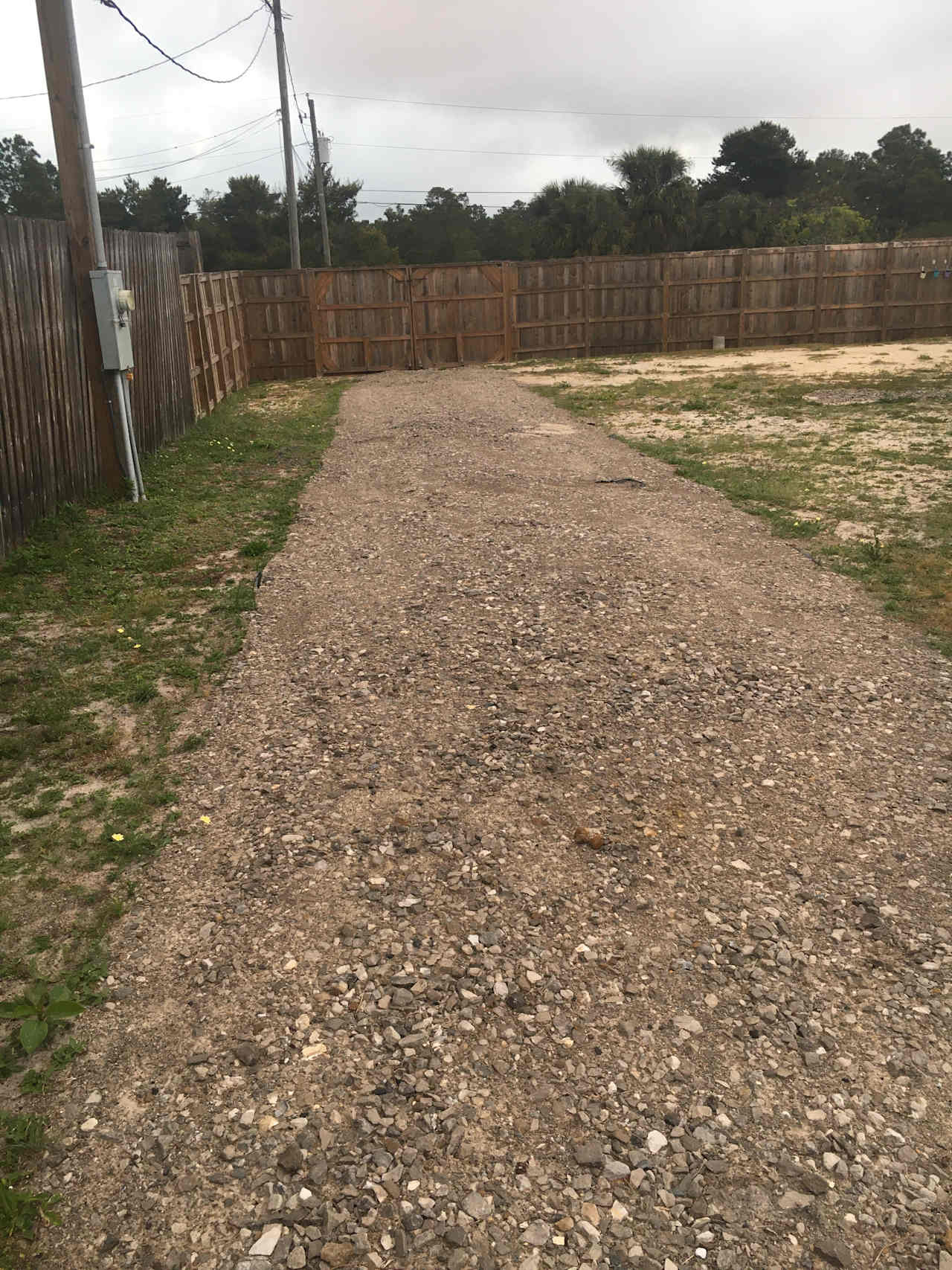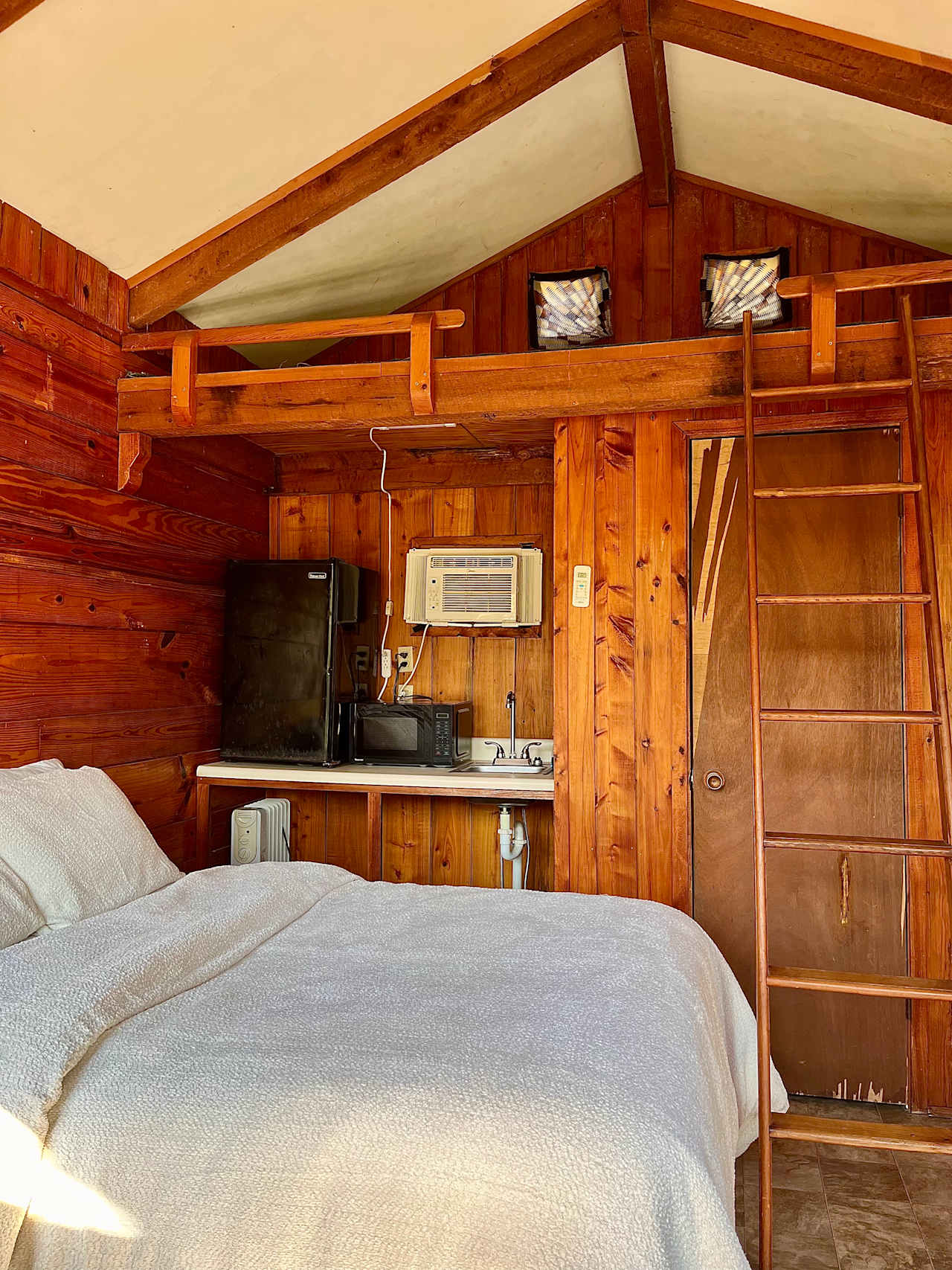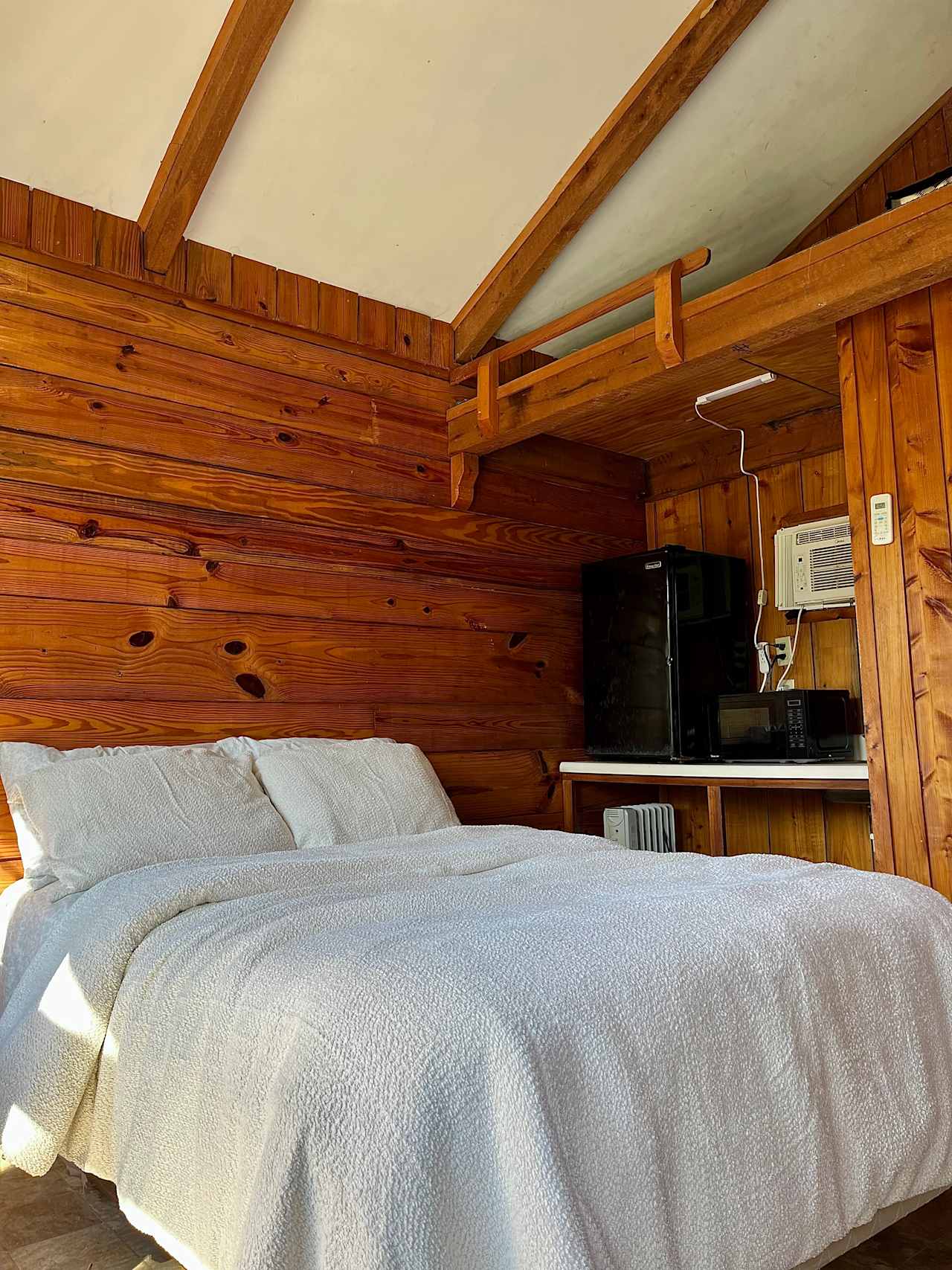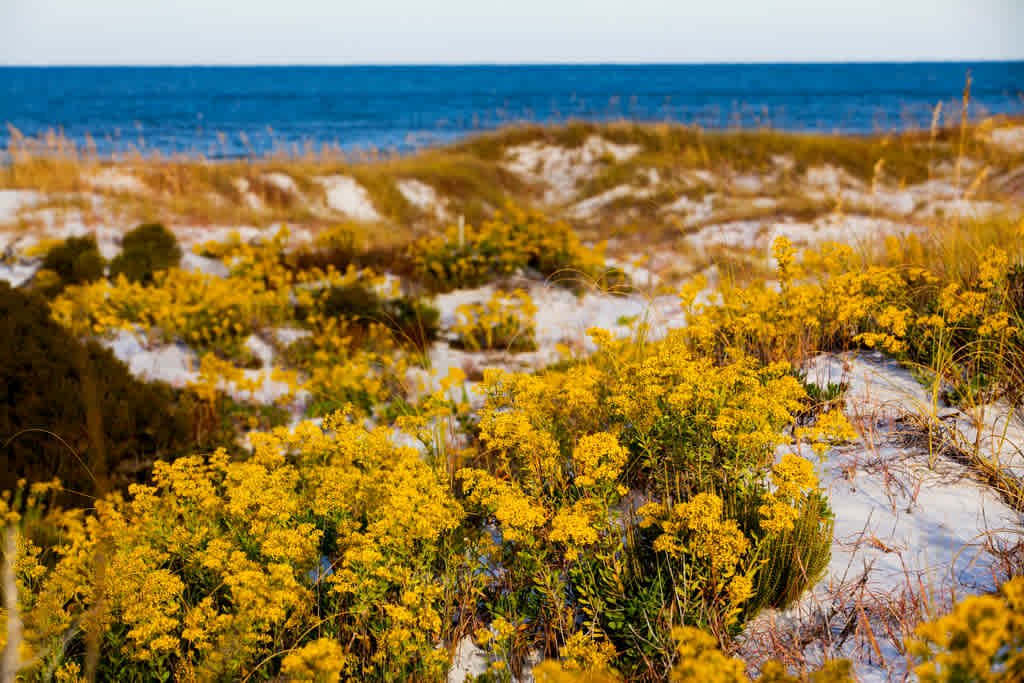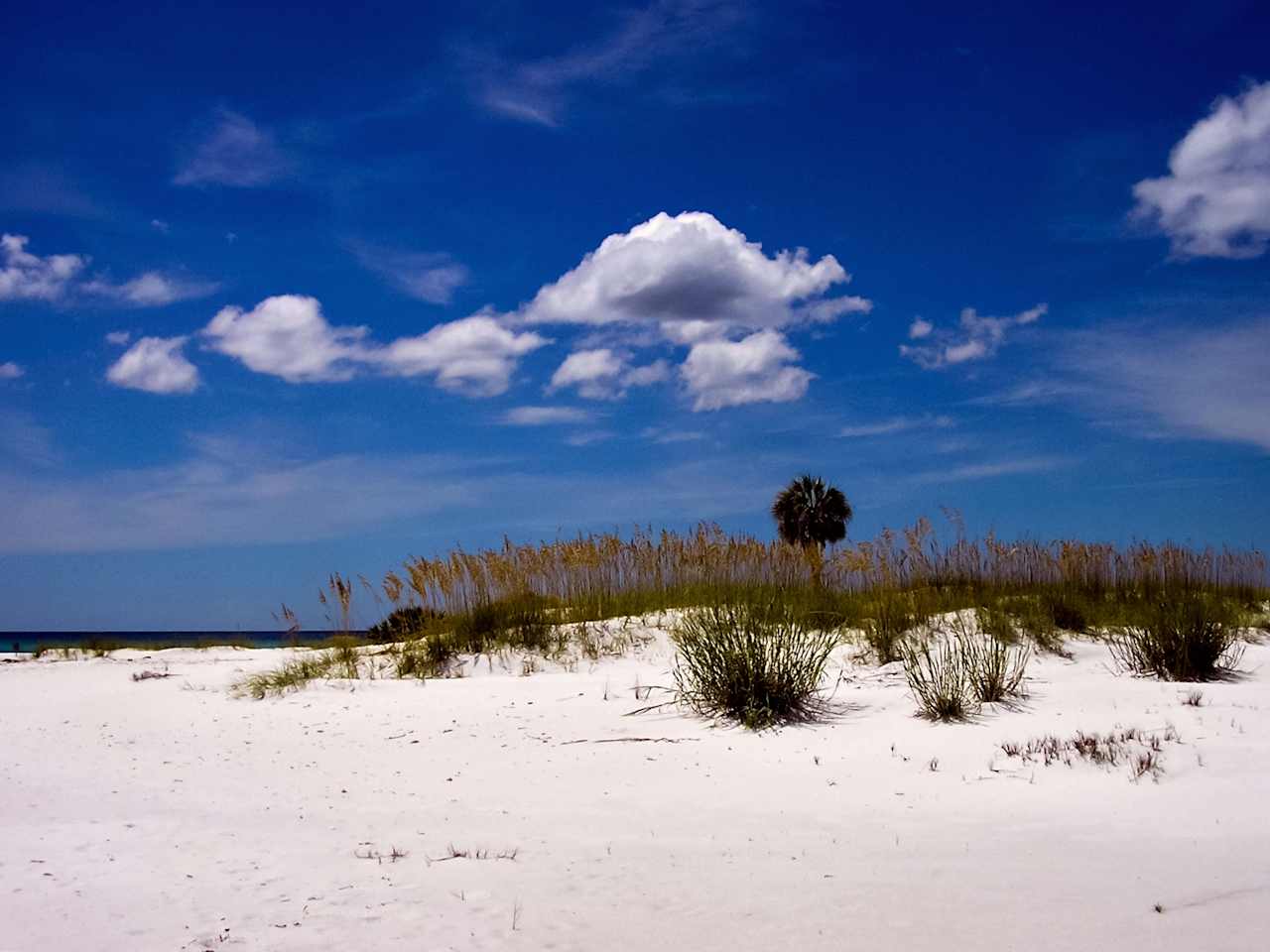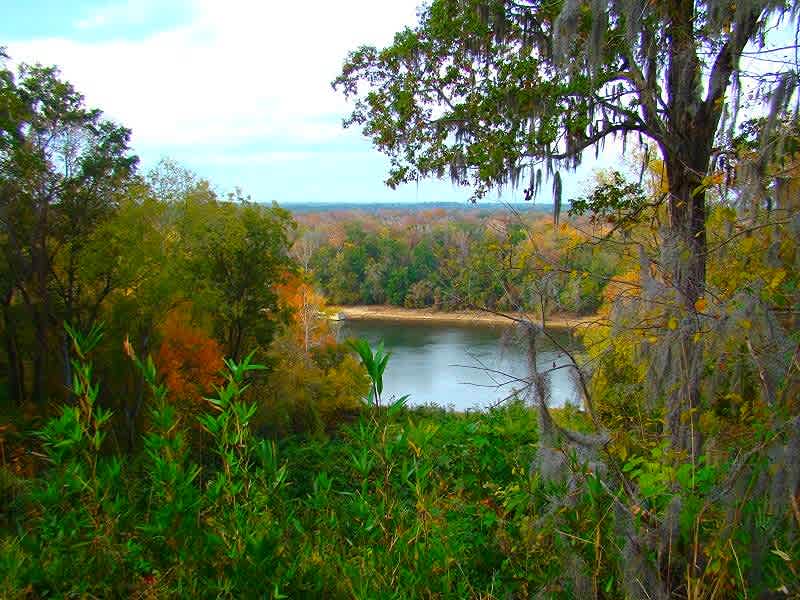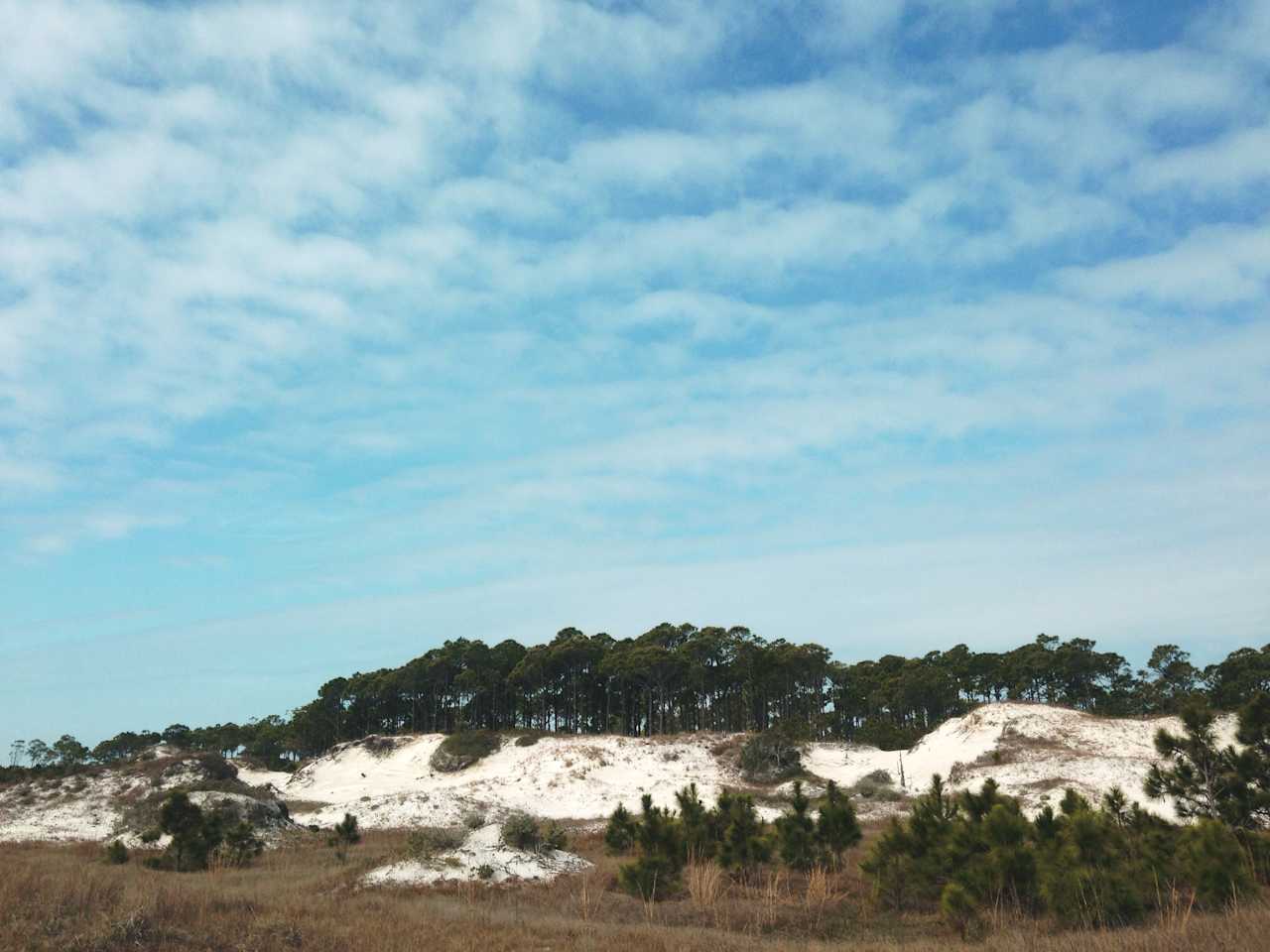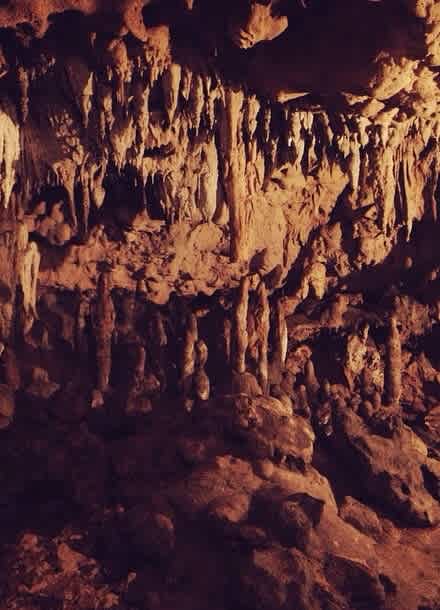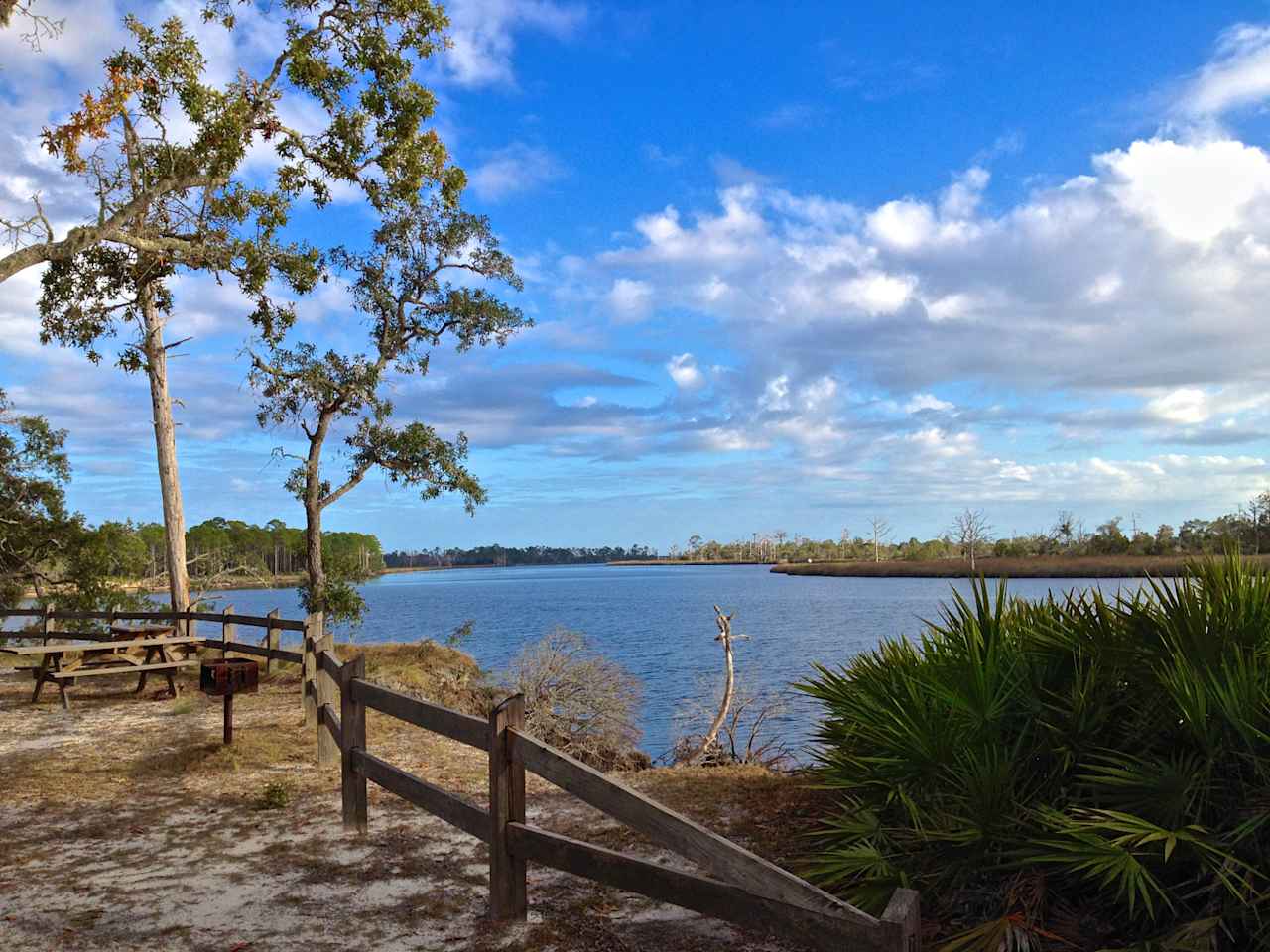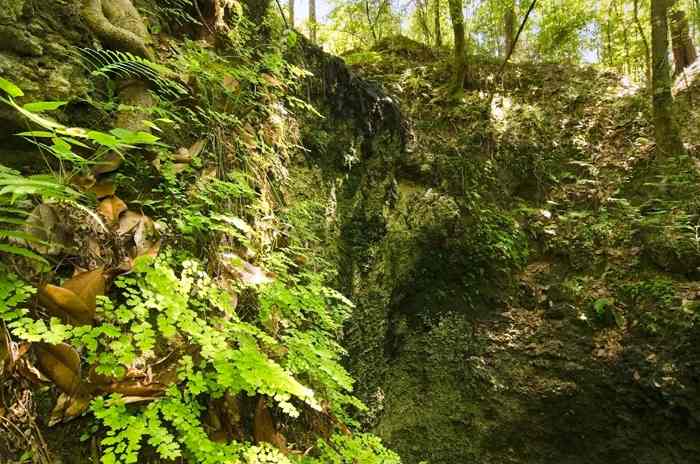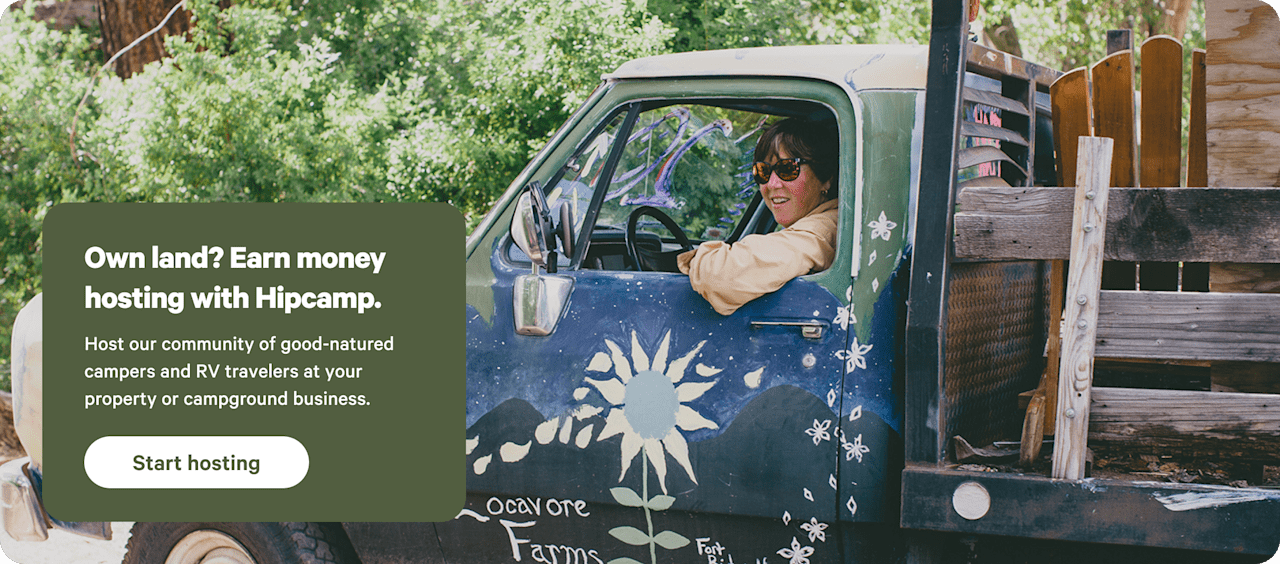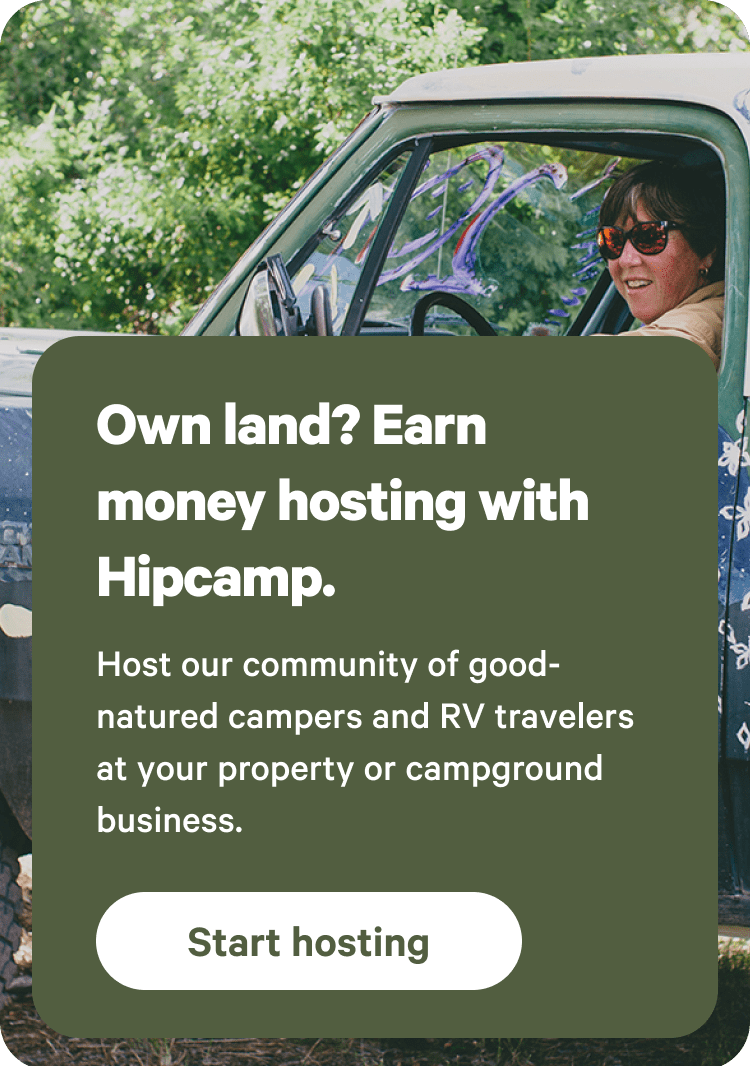RV camping near Wewahitchka
Discover and reserve the best campgrounds, cabins, RV parks, and more.
- Wewahitchka
Popular for RV camping
Star Hosts in Wewahitchka
"Sweet Tupelo" on the "Big River"!
The Outside Inn
The Gulf Stream Beach Camp
Goat House Farm
Bayside Camping
Under $50
Moonpie Farm and Creamery
The Outside Inn
Goat House Farm
Ho Hum RV Park
"Sweet Tupelo" on the "Big River"!
12 top RV sites near Wewahitchka
Goat House Farm
The Outside Inn
Panama City Beach RV Resort
"Sweet Tupelo" on the "Big River"!
Bayside Camping
The Gulf Stream Beach Camp
Magnolias by the Bay RV Site & Dock
Moonpie Farm and Creamery
Ho Hum RV Park
Sand Between Your Toes
Sugar White Sand - St. Joe Beach
Scott's Ferry
Available this weekend
"Sweet Tupelo" on the "Big River"!
The Gulf Stream Beach Camp
The Outside Inn
Magnolias by the Bay RV Site & Dock
Bayside Camping
Dog-friendly getaways
Bayside Camping
Panama City Beach RV Resort
The Outside Inn
The Gulf Stream Beach Camp
"Sweet Tupelo" on the "Big River"!
Nearby parks
Explore the area’s public lands.
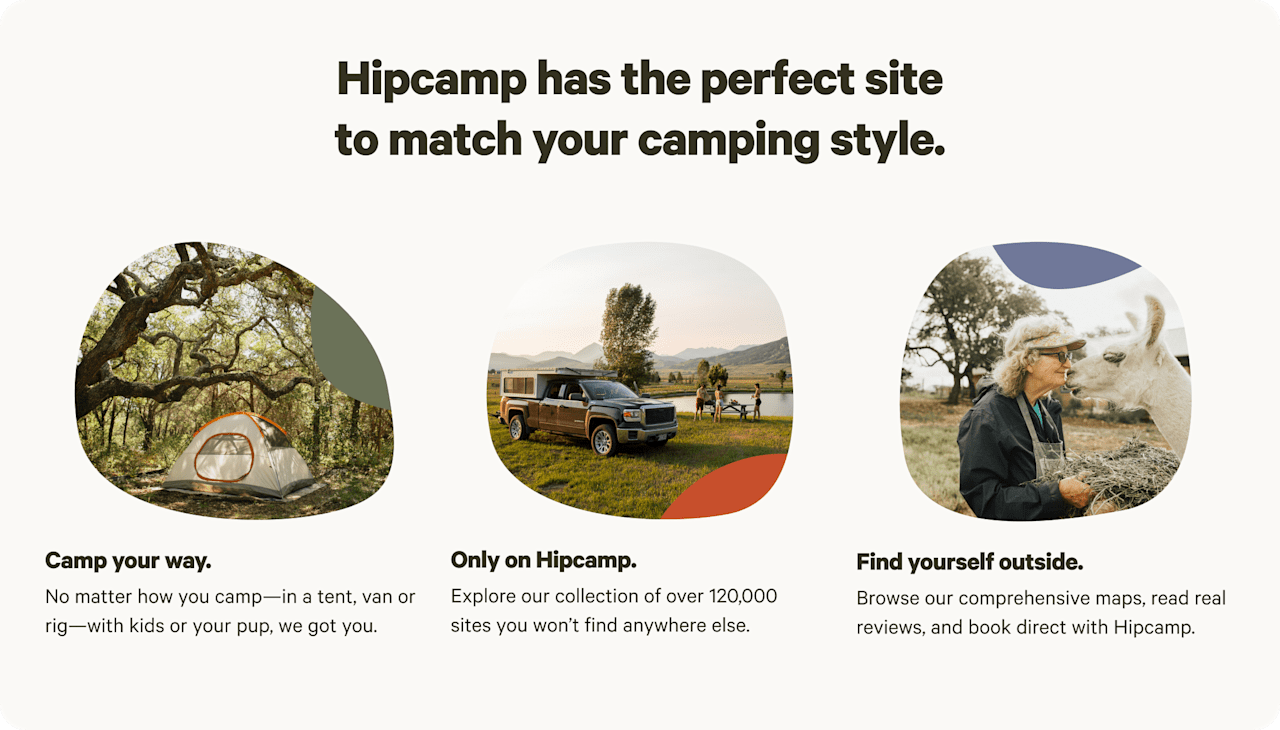

RV camping near Wewahitchka guide
Overview
Looking for a camping adventure near Wewahitchka, Florida? Hipcamp has over 250 options for you to choose from. Whether you prefer pitching a tent or parking your RV, there's something for everyone. With an average price per night of $35 and options as low as $10, camping has never been more affordable. Looking for the top campsites? Check out Goat House Farm (247 reviews), Maggie's Musical Farm (148 reviews), or Moonpie Farm and Creamery (129 reviews). Popular amenities include cooking equipment, pet-friendly sites, and campfires. If you're into fishing, climbing, or off-roading (OHV), you're in luck! Get ready for an unforgettable camping experience in Wewahitchka, Florida.
Looking for a camping adventure near Wewahitchka, Florida? Hipcamp has over 250 options for you to choose from. Whether you prefer pitching a tent or parking your RV, there's something for everyone. With an average price per night of $35 and options as low as $10, camping has never been more affordable. Looking for the top campsites? Check out Goat House Farm (247 reviews), Maggie's Musical Farm (148 reviews), or Moonpie Farm and Creamery (129 reviews). Popular amenities include cooking equipment, pet-friendly sites, and campfires. If you're into fishing, climbing, or off-roading (OHV), you're in luck! Get ready for an unforgettable camping experience in Wewahitchka, Florida.
